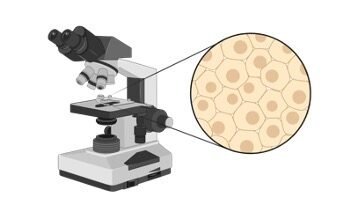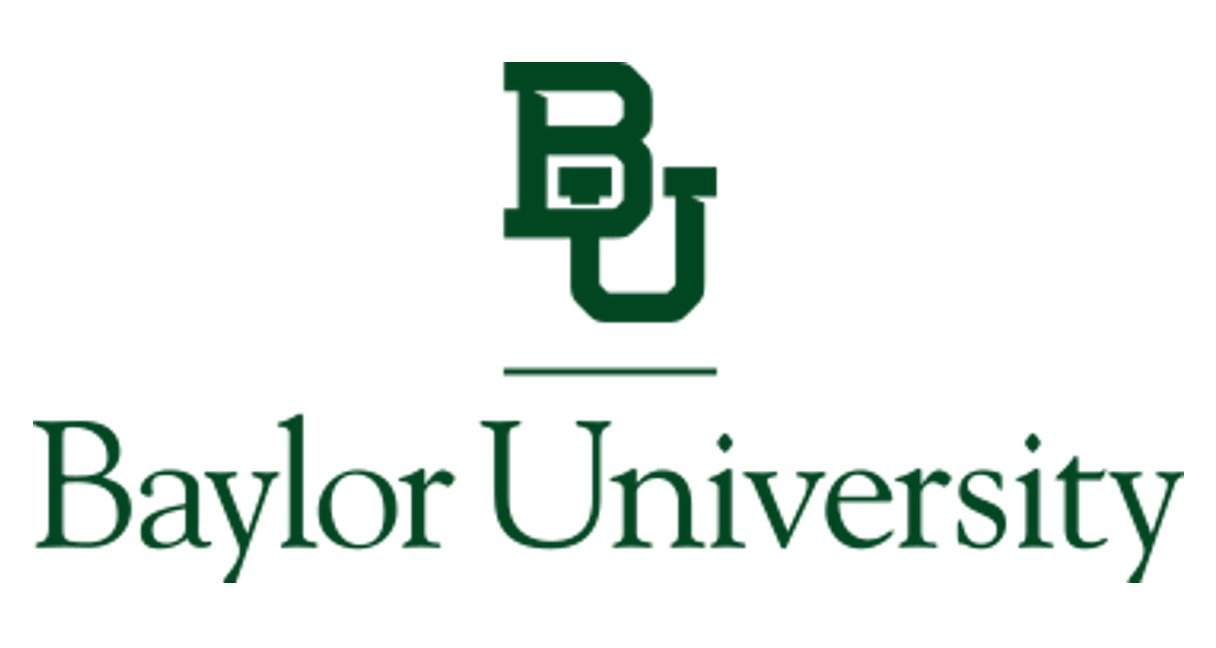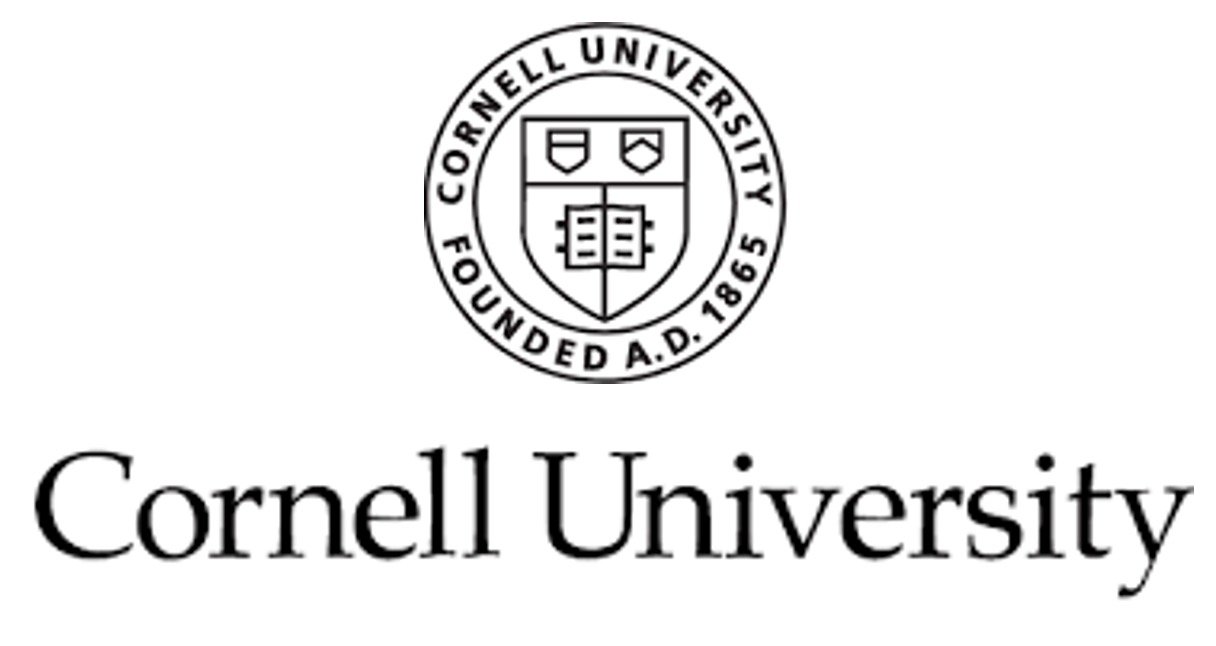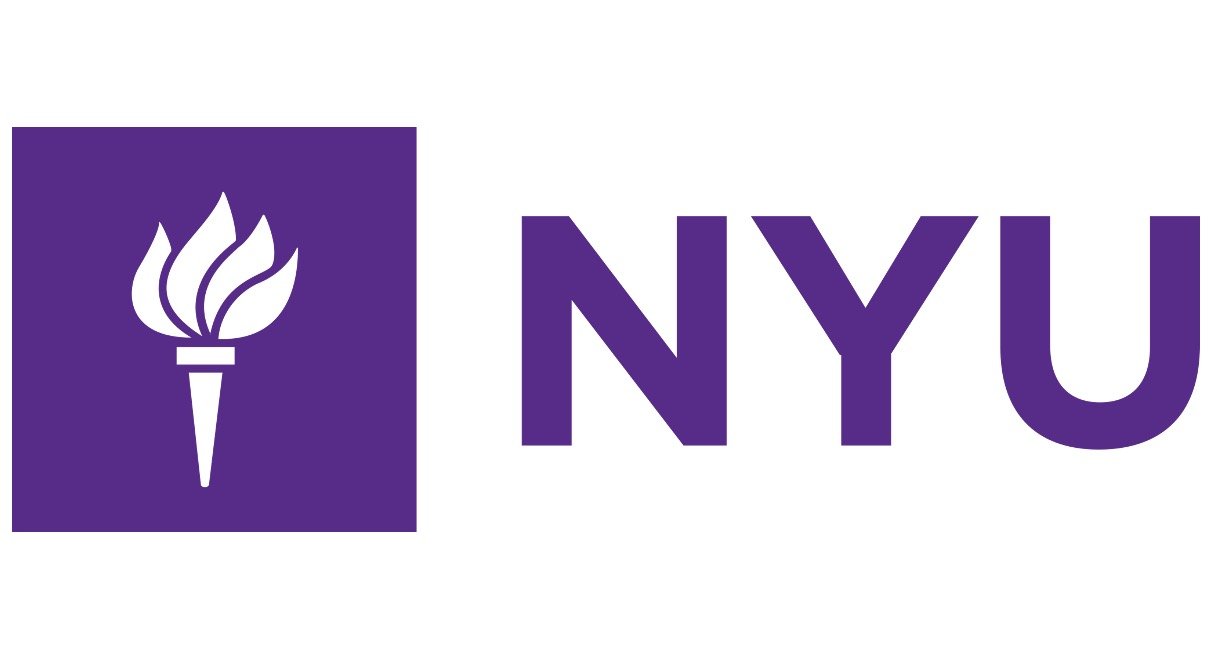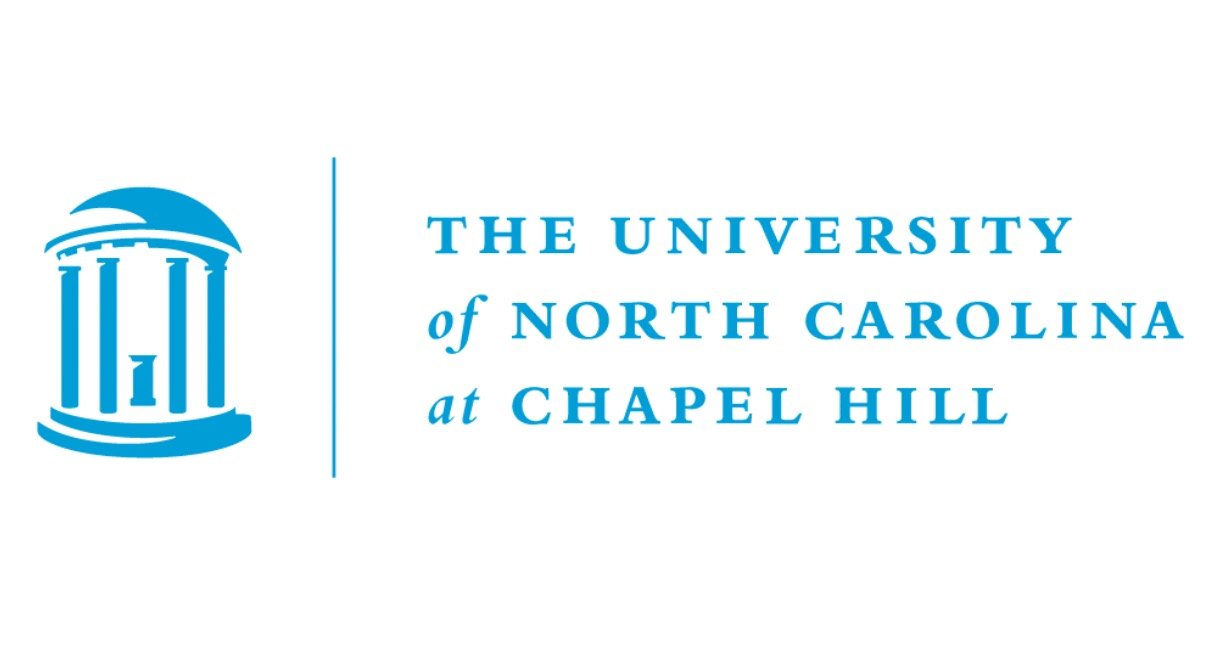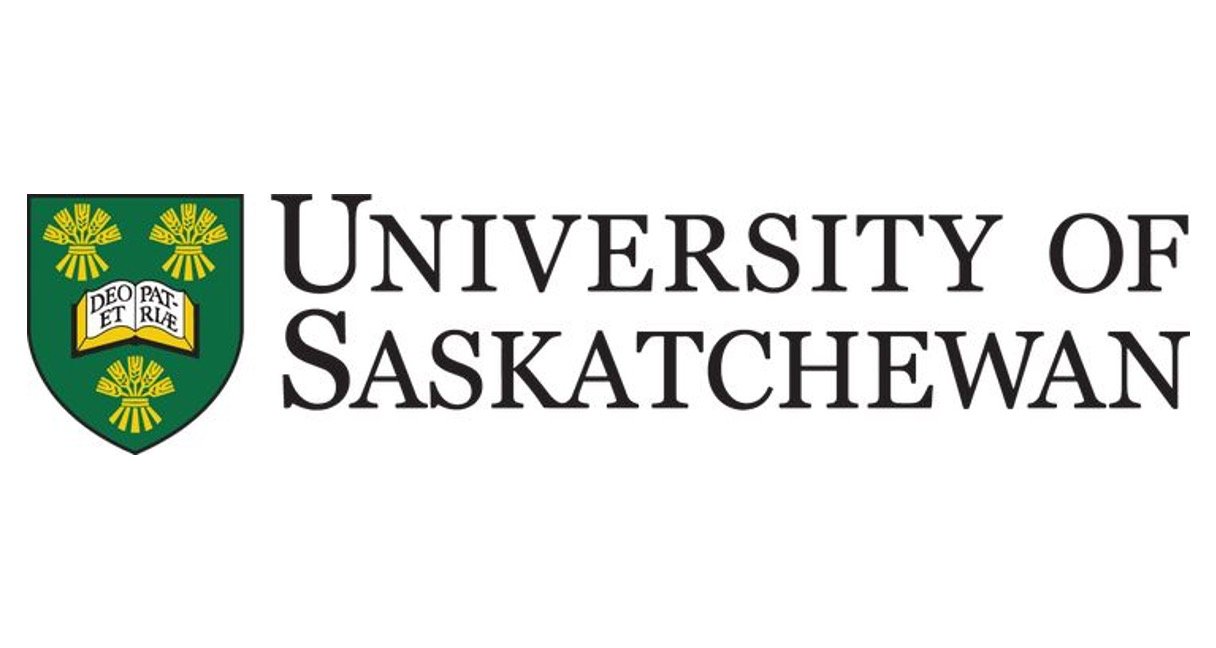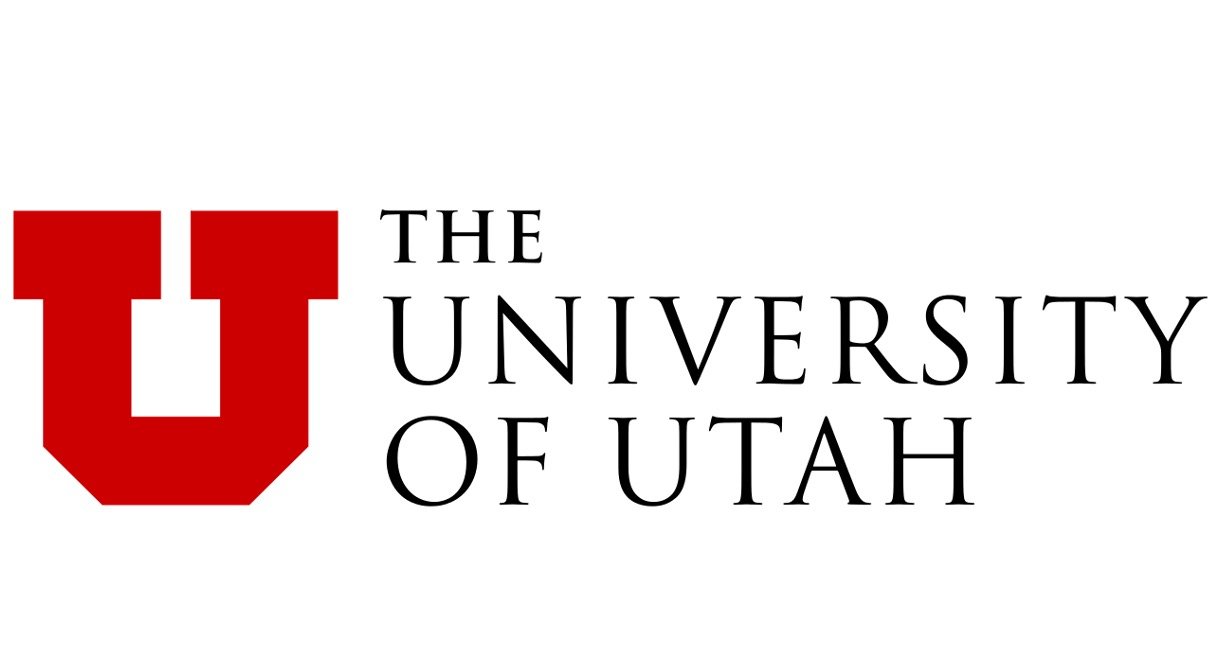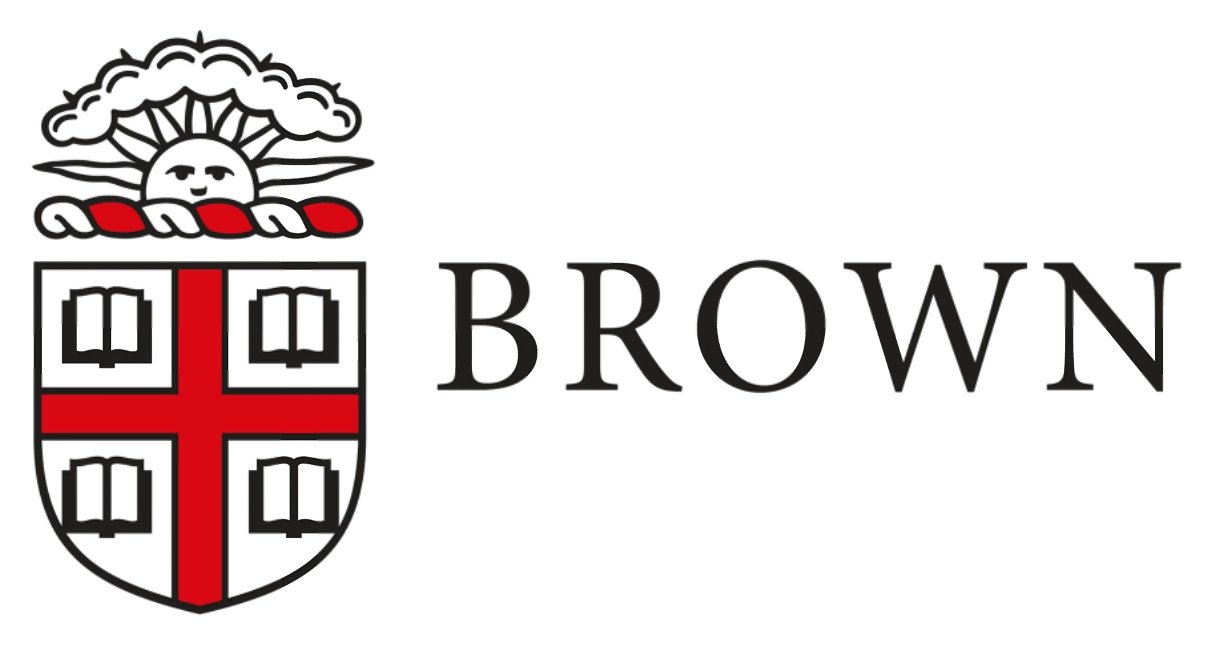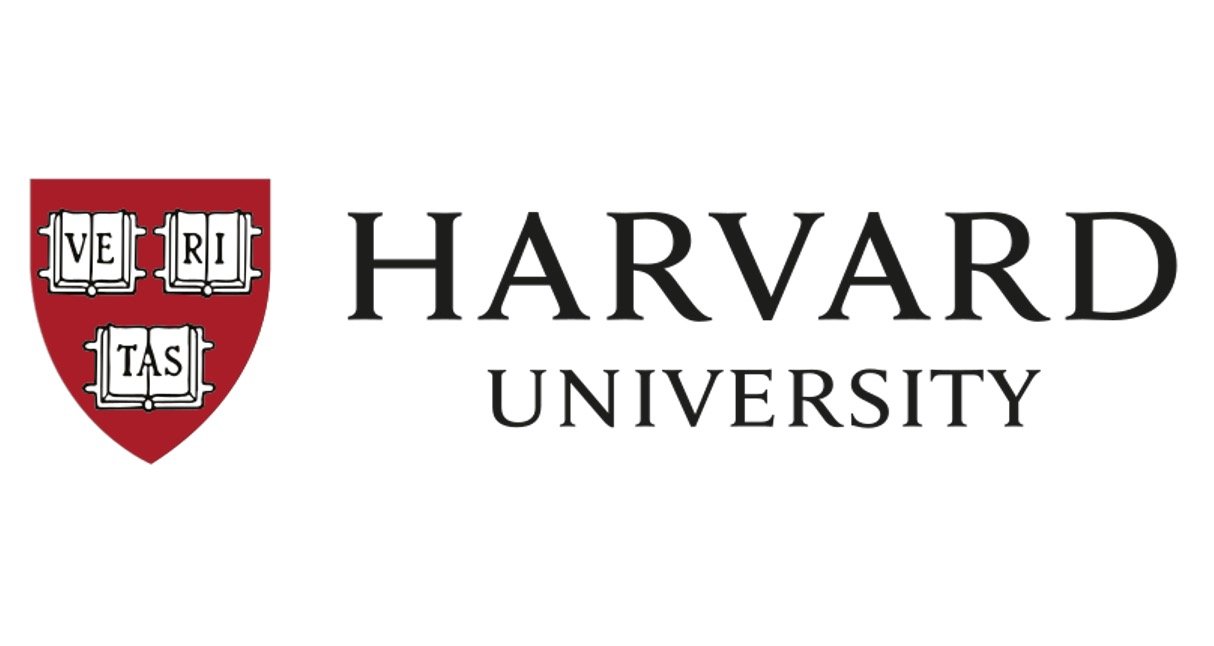Table of Contents
Levator Scapulae Definition
Levator Scapulae comprises a strap-like muscle also called lev scap that is found on the back of the neck on either side. A posterior view makes them difficult to observe as they are hidden by the trapezius muscles which are also present in the back.
These 2 muscles originate from the back of the neck and from either side they descend towards the upper back and shoulders. They primarily function to rotate shoulders and to elevate them. Any dysfunction or shoulder, neck, or back pain may be lead to tightness in these muscles.
What is Levator Scapulae?
Levator Scapulae muscles have their origin from posterior bony projections or tubercles of the cerebral vertebrates: C1, C2, C3, C4. This muscle is inserted towards the superior broad part of the medial border of the scapula or shoulder blade from the superior angle to the inner triangular cavity.
These are supplied by dorsal scapular nerves and the nerves of the cervical plexus (C3-C5). The former emerges from the root of C5 of the branchial plexus and innervates 3 muscles: rhomboid major, the levator scapulae, and the rhomboid minor.
Anatomic Variation in Levator Scapulae
The attachments in this muscle are variable in different individuals. Research has revealed the presence of other potential accessory attachment sites where it can also be inserted like the muscles of serratus posterior superior, muscles in the upper back, and the upper ribs and their associated muscles.
These variations in attachments may be the cause of inflammation and pain as they also impact the function of these muscles.
Levator Scapulae Function
The name of this muscle is derived from its function that is the movement of the scapula and the shoulders. The contraction of these muscles helps in elevating or raising the shoulders that can be usually seen when we shrug our shoulders. It also regulates the downward rotation of the shoulder wherein the scapula move downwards.
This movement can follow the elevation of the arms and brings the arms to arrest position as in simple exercises. So, to summarize the basic movement of arms is brought about by 2 rotations, the downward and the upward rotation.
Elevating arms require upward rotation while bringing them down requires downward rotation. If the shoulders are pushed towards each other from the posterior side, then they come together and results in a posture where the chest sticks outside.
This movement is referred to as adduction and is also a function of the levator scapulae. For these functions or movements, these muscles also require the aid of accessory muscles like the trapezius, pectoralis minor, and the major and minor rhomboids.
Levator Scapulae Associated Pain
Overworking of these muscles can result in inflammation and pain that is also a common issue that the majority of people face when they complain of skeletal muscle pain. Slumping over or frequent elevation of shoulders can result in tightness and inflammation.
This might be common in people who work in desk jobs often involving computer work. To avoid this the chairs and desk should be ergonomically designed. This is also vulnerable for people who have a head forward posture or in individuals who usually carry a heavy weight on one side of their shoulders and in people who engage in repetitive arm movement requiring sports or activities like shot putters, tennis players, and swimmers.
The resultant pain may be felt in the areas surrounding this muscle like the shoulders, neck, shoulder blades, and upper back or directly in the muscle itself.
This tightness or inflammation can cause dysfunctions in the movement of the shoulders and even in cervical structures and can even cause cervicogenic headaches. The cause of these pain issues can be tracked to the manipulated insertion points of this muscle.
The pain and chronic inflammation experienced in this muscle are known as levator scapulae syndrome, a historic term of this medical condition.
Levator Scapulae and Myofascial Pain Syndrome
This kind of pain is associated with the trigger or pressure points of the muscles. The overuse of any muscle or other associated muscles can result in the development of hypersensitive regions that are tight.
For example, strenuous exercises or training practices in sports activities may cause repetitive contractions of muscles. One of the common sites of these pressure points is the levator scapulae muscle.
The worsening of these pressure points leads to the development of myofascial pain syndrome. The pathology of this disorder is unclear and is suggested as a subtype of fibromyalgia.
Levator Scapulae Treatment
The symptoms can be treated and reduced by physiotherapy and massage that decreases the tightness, pain, and inflammation to an extent. Further, the overuse of muscles should be avoided by doing stretching exercises that help in the relaxation of muscles and prevent them from becoming taunt.
If the pain is not relieved by these steps then the patient may be advised to take local steroid injections into the pressure points.
Levator Scapulae Citations
- Anatomic variations of levator scapulae in a normal cohort: an MRI study. Surg Radiol Anat . 2017 Mar;39(3):337-343.
- Morphometric properties of the levator scapulae, rhomboid major, and rhomboid minor in human fetuses. Surg Radiol Anat . 2018 Apr;40(4):449-455.
- Low-grade myofibroblastic sarcoma of the levator scapulae muscle: a case report and literature review. BMC Musculoskelet Disord . 2020 Dec 10;21(1):836.
Share

